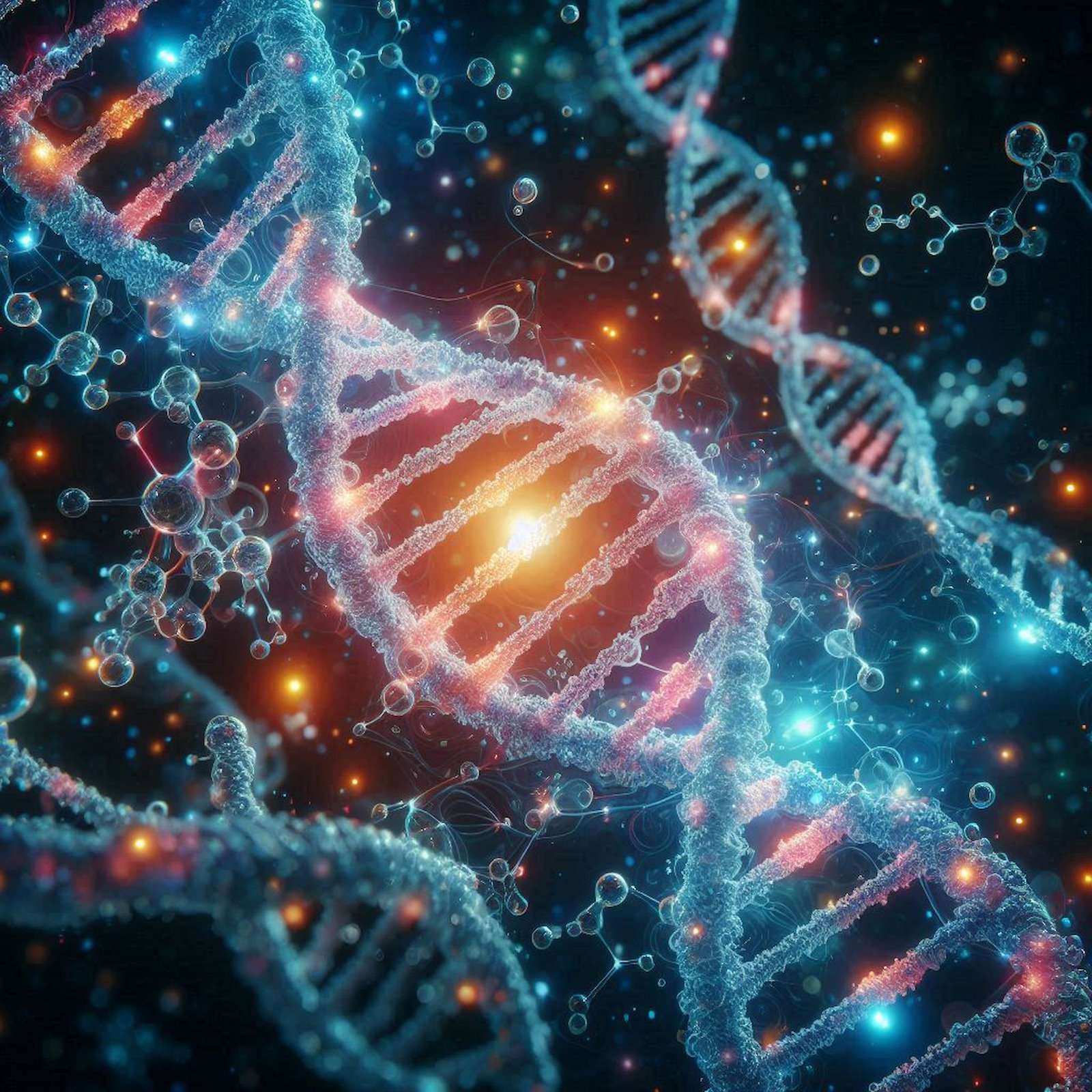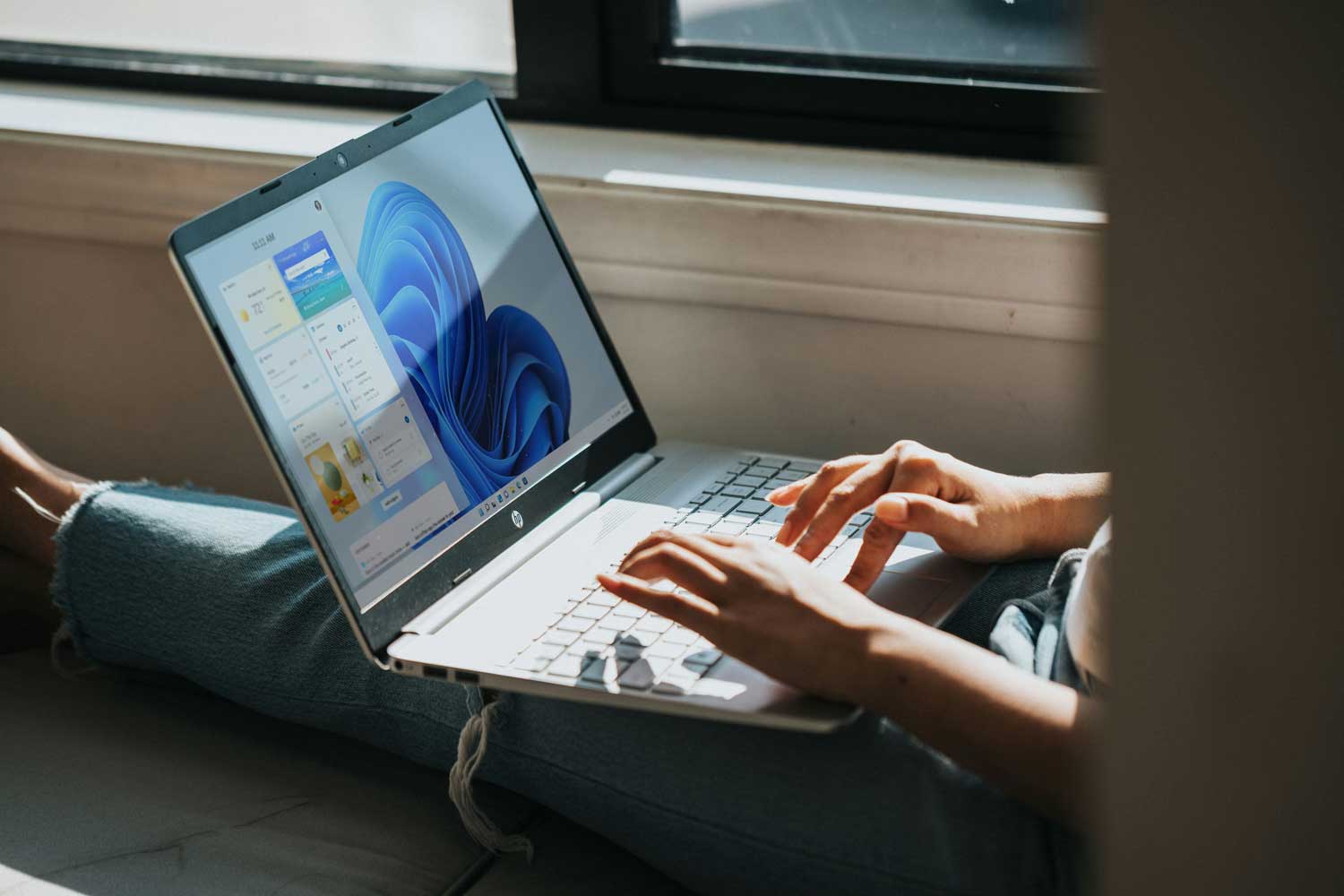It is not uncommon to encounter issues where your Windows computer does not recognize your external hard drive. This issue is not limited to Windows; Mac users may also find themselves in situations where their Mac does not recognize their external hard drive. Specific brands may also present unique challenges, such as Seagate external hard drives not working or Samsung SSDs not being detected.
This comprehensive guide will help you understand the root causes of these issues and provide you with step-by-step solutions to fix undetected hard drive issues. By following these instructions, you will be able to get your external drive recognized and up and running again, ensuring smooth access to your data.
When your external hard drive is not showing up on your Windows computer, it could be due to various reasons. Let's explore several ways to fix this problem, with a detailed explanation of each one:
- Check connections and power.
Sometimes the simplest explanation is the correct one. Your external hard drive may not be recognized due to a poor connection or insufficient power. This can be caused by loose or faulty USB cables, damaged USB ports, or insufficient power, especially for larger drives that require more power than a standard USB port can provide. How to solve:
Start by trying a different USB port on your computer. USB ports can wear out or become damaged over time, so changing the port may solve the problem. If that doesn’t work, try a different USB cable. Cables may be frayed or damaged internally, causing connection issues. For drives that come with an external power source, make sure it’s plugged in and turned on properly. Some larger drives require this additional power source to function properly. Finally, if you’re using a USB hub, plug the drive directly into your computer. USB hubs sometimes don’t provide enough power or may have compatibility issues with certain devices. - Run Windows Hardware Troubleshooter
Windows may not recognize your external hard drive due to driver or hardware issues. This can happen due to outdated or corrupted drivers, conflicts with other hardware, or Windows updates that affect the device's compatibility. How to solve:
Windows has a built-in troubleshooter that can help identify and fix hardware-related problems. Search for “CMD” in the Start menu search bar, right-click on “Command Prompt” and select “Run as administrator.” In the Command Prompt window, typemsdt.exe -id DeviceDiagnosticPress Enter. This will launch the Hardware and Devices troubleshooter. Follow the on-screen instructions to run the troubleshooter. It will scan your system for potential issues and attempt to fix them automatically. If it finds any issues, it will provide options to fix them. - Check disk management
Sometimes, an external hard drive may not appear in File Explorer, but is visible in Disk Management. This can happen if the disk's file system is corrupted, if it's a new disk that hasn't been formatted, or if the drive letter has been deleted or conflicts with another drive. How to solve:
Right-click the Start button and select Disk Management. Find your external drive in the list of disks. If it says “Offline,” right-click on it and select “Initialize Disk.” This should make the drive accessible. If it is marked “Unallocated,” right-click and select “New Simple Volume.” This will launch a wizard that will guide you through formatting the drive and assigning a drive letter. Be aware that formatting will erase all data on the drive, so only do this if you are sure there is no important data left or if you have already backed up your files. - Update or reinstall drivers
Outdated or corrupted drivers can prevent Windows from recognizing your external hard drive. Drivers may become outdated as new versions are released to improve compatibility or fix bugs. They may become corrupted due to system crashes, incomplete updates, or conflicts with other software. How to solve:
Press the Windows key on your keyboard, then “X,” or right-click the Start button and select “Device Manager.” Expand the “Disk Drives” category and locate your device. Right-click on the external hard drive and select “Update Driver Software.” Windows will check for available driver updates and install them. If the update doesn’t work, try uninstalling the device. Right-click on the drive in Device Manager and select “Uninstall device.” Then restart your computer. When Windows starts up, it should automatically detect the drive and install the appropriate drivers. - Disable USB selective suspend
USB Selective Suspend is a power-saving feature that allows Windows to put individual USB ports into low-power mode when they're not in use. However, sometimes Windows mistakenly keeps the port in this state even when a device is connected. How to solve:
Open Control Panel and go to Hardware and Sound > Power Options. Click Change plan settings for your current power plan, and then click Change advanced power settings. Expand USB Settings and USB Selective Suspend. Set it to Off for On Battery and Plugged in. Click Apply and OK to save these changes. - Use the CHKDSK command.
Your external hard drive may have file system errors that prevent Windows from recognizing it properly. File system errors can occur due to improper disk removal, power outages, or hardware problems. These errors can corrupt the disk's file system, making it unreadable to Windows. How to solve:
The CHKDSK (Check Disk) utility can help identify and fix file system errors. Open a command prompt as administrator. Typechkdsk X: /f /r(Replace X with your drive letter) and then press Enter. Switch/fCHKDSK is asked to correct any errors it finds, while/rLocates bad sectors and recovers readable information. Wait for the process to complete, which may take several hours for large drives. Once finished, restart your computer. This process can often resolve unknown drives due to file system corruption.
When to call a professional
External hard drives are essential tools for backing up data and expanding storage capacity. Whether you're looking for the best external hard drive Whether you’re looking for the perfect hard drive for photographers, these devices offer versatile solutions. Once you’ve chosen the right drive, it’s essential to learn how to back up your computer to an external hard drive to protect your valuable data.
If your external hard drive is not showing up in Windows, you can solve most of the problems using the above guidelines. Always remember to handle your data with care and keep regular backups to avoid data loss. If none of these methods work and you have important data on the drive, consider hiring professional data recovery services. Recodenis specializes in Hard disk recovery It can help you recover your important files even in the most difficult situations.

“Certified gamer. Problem solver. Internet enthusiast. Twitter scholar. Infuriatingly humble alcohol geek. Tv guru.”





